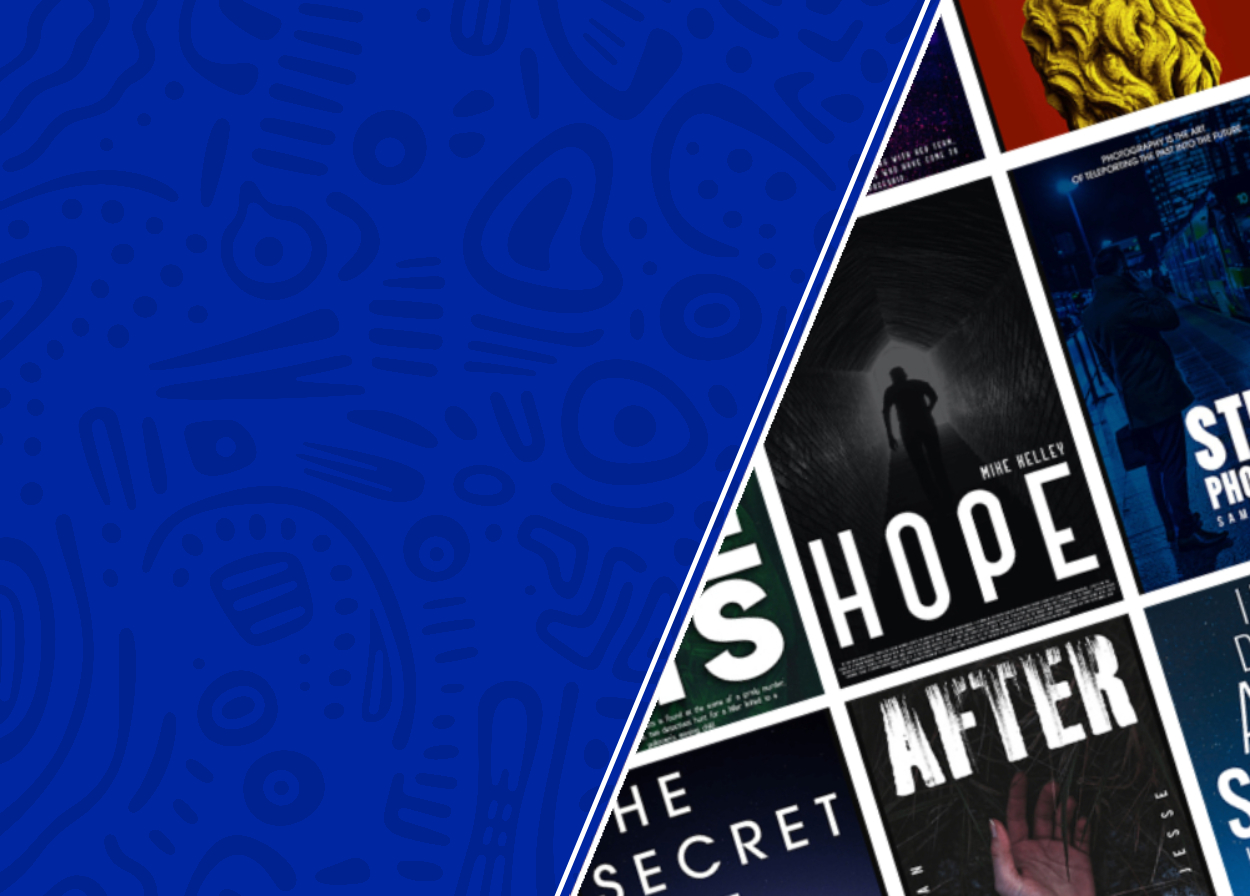When it comes to novel writing, having a clear roadmap is essential for success. A well-structured book outline template can guide beginning writers through the intricate process of storytelling. In this article, we’ll delve into the importance of plot structure, character development, and the Hero’s Journey, while providing practical tips to enhance your creative writing journey.
The Importance of a Book Outline Template

- Blueprint for Your Narrative: A book outline serves as a blueprint for your narrative. It helps you visualize the story’s progression, ensuring that you stay on track while maintaining emotional engagement with your readers.
- Improved Writing Process: Whether you are working on a fiction framework or a non-fiction project, an effective outline can significantly improve your writing process. For insights on writing outlines, check out Writer’s Digest.
Understanding Plot Structure
At the core of every engaging story lies a robust plot structure. This framework consists of several key elements that form the backbone of your narrative arc:
- Exposition: Introduces the setting, characters, and initial conflict.
- Rising Action: Builds tension through a series of events that complicate the protagonist’s journey.
- Climax: The turning point where the main conflict reaches its peak.
- Falling Action: Events that unfold after the climax, leading towards resolution.
- Resolution: Concludes the story, resolving conflicts and providing closure.
By following this structure, you can create a coherent story outline that keeps readers invested in the outcome. For more on plot structures, visit The Write Practice.
Character Development: Building Relatable Protagoniscts

Character development is crucial for creating relatable protagonists that resonate with your audience. As you outline your book, consider the following aspects of your characters:
- Motivation: What drives your protagonist? Understanding their desires and fears will shape their actions throughout the story.
- Flaws: Every character should have weaknesses that make them human. Flaws add depth and complexity, allowing for growth and transformation.
- Arc: Track your protagonist’s journey from the beginning to the end of the story. How do they evolve, and what lessons do they learn?
By focusing on these elements, you’ll foster emotional engagement that captivates your readers. For tips on character development, refer to Helping Writers Become Authors.
The Hero’s Journey: A Timeless Template
The Hero’s Journey is a classic narrative framework that resonates across cultures and genres. It provides a detailed outline for your protagonist’s journey, encompassing various stages that reflect their transformation. Here’s a simplified version of the Hero’s Journey stages:
- Ordinary World: Introduce the protagonist in their familiar environment.
- Call to Adventure: Present an inciting incident that disrupts their normal life.
- Refusal of the Call: The hero’s initial hesitation creates tension and sets the stage for their growth.
- Meeting the Mentor: Introduce a character who offers guidance and support.
- Crossing the Threshold: The protagonist commits to their adventure, leaving their comfort zone.
- Tests, Allies, and Enemies: The hero faces challenges and builds relationships along the way.
- Climax: The hero confronts their greatest challenge, leading to a pivotal moment.
- Return with Elixir: The hero returns transformed, sharing their newfound wisdom.
Using this framework, you can create a compelling story outline that resonates with readers. For further reading, explore Mythic Scribes.
Utilizing Plot Templates for Efficiency

Plot templates are invaluable tools for writers, offering structured approaches to storytelling. These templates can help you streamline your writing process, especially when exploring genre-specific outlines. Here are a few examples:
- Romantic Plot Template: Focuses on the development of relationships and emotional tension.
- Mystery/Thriller Template: Emphasizes suspense, clues, and plot twists.
- Character-Driven Template: Centers around the protagonist’s internal struggles and growth.
By selecting the right plot template, you can tailor your outline to meet the demands of your chosen genre, ensuring a coherent narrative structure. For templates and resources, visit Reedsy.
Overcoming Writing Challenges
Every writer faces challenges, from writer’s block to plot holes. A comprehensive outline can help you navigate these obstacles by providing clarity and direction. Here are some strategies to overcome common writing challenges:
- Set Clear Goals: Establish writing milestones to keep you motivated and on track.
- Stay Flexible: Allow your outline to evolve as your story develops. Adaptation is key to creative writing.
- Seek Feedback: Share your outline with trusted peers or writing groups. Constructive criticism can provide valuable insights.
By proactively addressing these challenges, you’ll foster a more productive writing environment. For advice on overcoming writing challenges, check out Pen to Press Publication.
FAQs
What is a book outline template?
A book outline template is a structured guide that helps writers organize their story elements.
Why should I use a book outline template?
It provides clarity and direction, making the writing process more efficient.
What are the key components of a book outline?
Key components typically include plot structure, character development, and themes.
Can a book outline template work for any genre?
Yes, templates can be adapted for various genres, ensuring a coherent narrative.
How detailed should my book outline be?
The level of detail varies, some prefer a simple framework, while others like extensive notes.
Is it necessary to stick strictly to my outline?
No, outlines are flexible tools that can evolve as your story develops.
Conclusion
Creating a compelling book outline template is an essential step for beginning writers. By understanding plot structure, focusing on character development, and utilizing the Hero’s Journey, you can craft engaging stories that captivate readers. Don’t forget to embrace the writing process, adapting your outline as needed to foster creativity and exploration.Ready to take your writing to the next level? Explore our comprehensive resources and templates at Pen to Press Publication and start outlining your next bestseller today!



